Like anything else in life, the alcohol-free community has its own vernacular. Thankfully there are not yet too many acronyms to create an even more confusing alphabet soup. Learning some of the basic terms can help you get comfortable and confident when shopping online or in person for a new favorite alcohol alternative, or whipping up a new recipe.
Before we begin, we need to talk about a definition (or, more specifically, a regulation) that cuts across the entire alcohol-free community. The Food and Drug Administration allows products to be labeled as “alcohol-free”, even if they contain a “trace amount of alcohol” up to 0.5% ABV (alcohol by volume). If you’re worried about getting intoxicated, know that orange juice and kombucha often contain around 0.5% alcohol. However, you should know in advance that many non-alcoholic bottle shops and sober bars have 21+ restrictions in place. We always get carded at Total Wine & More, despite our 30-something faces and non-alcoholic hauls.
If you would prefer to have no trace amounts of alcohol, there are still great options for you! Be sure to look for labels that say “alcohol-free” or 0.0% ABV. More and more brands are introducing interesting adult drink products that are completely free of alcohol. It should be noted here that even products with no trace of alcohol can so closely mimic the real thing that it can trigger sensory experiences that could cause relapse for those in recovery. For pregnant persons, those with specific medical or health conditions, or those in recovery, always consult a physician or your support network before trying non-alcoholic alternatives.
Above all else, all choices are valid! Whatever your reason, and whatever your season, you have options. Here are a few more common terms you may come across to help you be the most informed and empowered:
Dealcoholized – This term is most often found when talking about wine with its alcohol content removed. Through an industrial reverse-osmosis and distillation process, some or all of a wine’s ethanol is removed. This differs from non-alcoholic wine, which contains no alcohol from the start.
Low-Alcohol – Typically beverages with more than 0.5% ABV, up to 1.2% ABV. Anything over 1.2% is required to be labeled as “alcoholic”.
Non-Alcoholic / Alcohol-Free – These terms are used rather interchangeably in informal settings (such as social media), but there is a difference when it comes to labeling regulations. Remember, non-alcoholic is 0.5% or less ABV, but for products to truly be allowed to label as alcohol-free must submit a sample to the Alcohol and Tobacco Tax and Trade Bureau (TTB), a division of the U.S. Department of Treasury.
Zero Proof – A term often used to refer to beverages that are 0.0% ABV.
Adaptogens – Mostly refers to herbs and certain plants commonly used to help the body adapt to stressors. Adaptogens have become increasingly popular additions to many ready-to-drink products. Common adaptogens include ashwagandha, ginseng, rhodiola, turmeric, and holy basil. Adaptogens can have different drug interactions and may impact pregnancies. Always consult a physician before consuming if you are taking medications or are/may be pregnant.




Leave A Comment